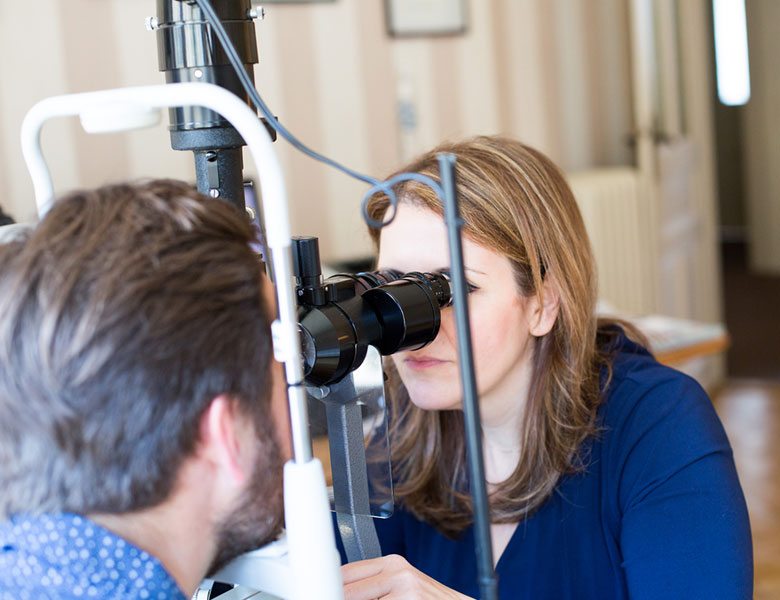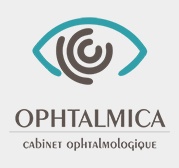DEFINITION
Diabetic eye disease has no warning signs. Finding and treating the disease early, before it causes vision loss or blindness, is the best way to control diabetic eye disease. If you have diabetes, make sure you get a dilated eye examination at least once a year.
WHAT IS DIABETIC RETINOPATHY?
Diabetic retinopathy is a complication of diabetes and a leading cause of blindness. It occurs when diabetes damages the tiny blood vessels inside the retina, the light-sensitive tissue at the back of the eye. A healthy retina is necessary for good vision.
If you have diabetic retinopathy, at first you may notice no changes to your vision. But over time, diabetic retinopathy can get worse and cause vision loss. Diabetic retinopathy usually affects both eyes.

MYTHS AND REALITIES IN DIABETE
01. Diabetic eye disease includes diabetic retinopathy, cataract, and glaucoma. Diabetic retinopathy is a leading cause of blindness in adults. The longer someone has diabetes, the more likely he or she will develop diabetic eye disease.
02. There are often no warning signs in the early stages of diabetic eye disease. Vision may not change until the disease becomes severe.
03. Everyone with diabetes should get an eye examination through dilated pupils at least once a year. Because diabetic eye disease usually has no symptoms, regular eye exams are important for early detection and timely treatment.
04. In some people, blood vessels in the retina may swell and leak fluid. In other people, abnormal new blood vessels grow on the surface of the retina.
05. Glaucoma is almost twice as likely to occur in people with diabetes compared to those without the disease. Glaucoma usually can be treated with medications, laser surgery, or conventional surgery.
06. In laser surgery, a special beam of light is used to shrink the abnormal blood vessels or seal leaking blood vessels. Laser surgery has been proven to reduce the five-year risk of vision loss from advanced diabetic retinopathy by more than 90 percent.
07. An eye examination through dilated pupils is the best way to detect diabetic eye disease. In a dilated eye exam, drops are used to enlarge the pupils. This dilation allows the eye care professional to see more of the inside of the eye to check for signs of the disease.
08. People with diabetes are twice as likely to develop cataracts and to develop them at an earlier age as those without diabetes. Cataract surgery is safe and effective, with a 90 percent improvement rate.
09. Even with good control of blood glucose, there is still a risk of developing diabetic eye disease. However, studies show that careful management of blood sugar levels slows the onset and progression of diabetic retinopathy.
10. With early detection and timely treatment, the risk of blindness from diabetic eye disease can be reduced.

